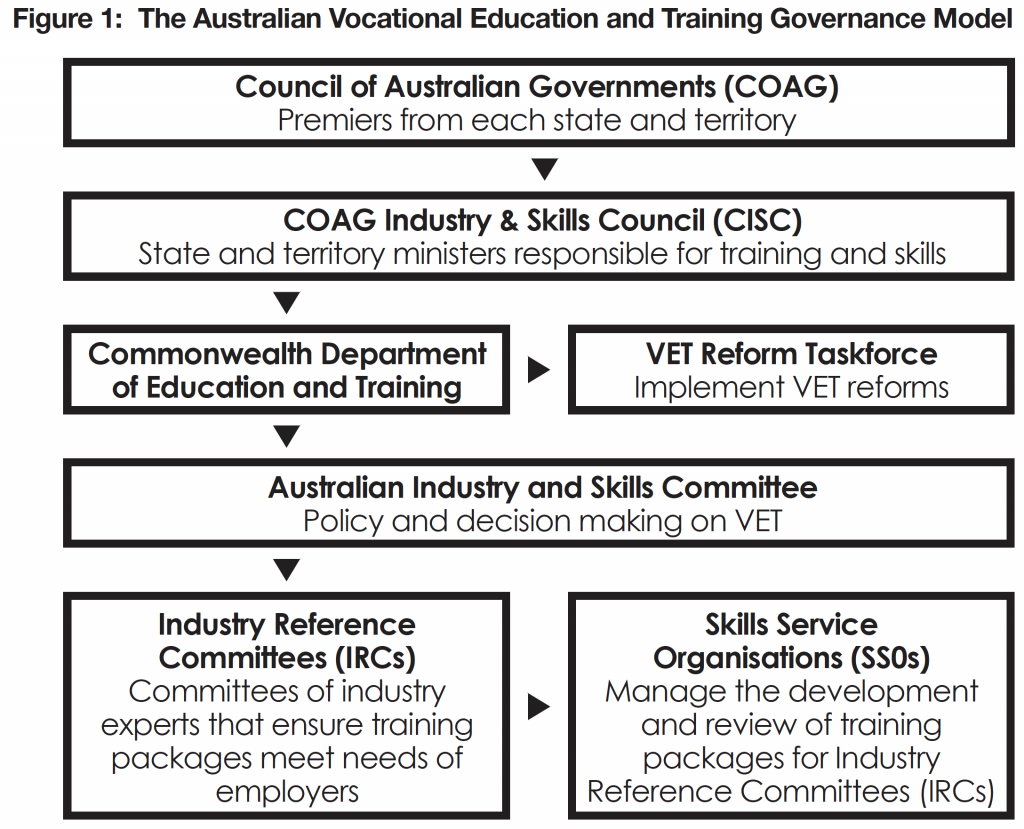Let’s not let history repeat itself.
Looking back at the school-to-work transition for Millennials, many were given a promise. They were told that if they got a college education, they would exit into a sea of job opportunities. All they’d have to do is pick one and from there, enjoy rewarding work and a long, successful career. A decent salary would support a comfortable lifestyle and, in a reasonable amount of time, dissolve their student debt.
We failed them.
Many Millennials did their part. They went to college and got their “golden ticket,” only to find that in the light of day, their degree didn’t take them very far. Meanwhile, degree or not, there was the debt.
But it’s not too late for Millennials to find meaningful, well-paying work. And many want to move on from their current positions. According to the 2019 Deloitte Global Millennial Survey, “more Millennials than we have ever surveyed—49 percent—would, if they had a choice, quit their current jobs in the next two years.” This number, very close to one-half of the almost 13,500 Millennials responding to Deloitte, is a reflection of the instability of today’s workforce.
Modern Apprenticeship offers opportunities for Millennials as well as those just entering the workforce. And bodes well for employers – reduced turnover and increased employee loyalty are hallmarks of this skills-building model.

Getty
Modern Apprenticeship is a customized workforce development framework that blends classroom learning and work-based training to prepare individuals of any age to meet sophisticated skills needs. Equally important, Modern Apprenticeship:
- Produces pipelines of well-prepared workers from the ground up and can also move existing employees further along in the ranks.
- Applies to almost any industry, from technology and engineering to advanced manufacturing, health care and finance.
- Is in sync with Millennials’ philosophical approach to the world of work, including innovation and creative problem-solving, making a positive impact, and emphasizing diversity and inclusion.
The American Staffing Association’s Workforce Monitor reports that Millennials are particularly open to apprenticeships. A majority (54%) says it is likely to consider these learning opportunities in the next two years—significantly more than any other age group.
Depending on the source, the oldest of Millennials are now approaching 40. Many would love to make a shift into more meaningful work, but they believe it’s too late. They wonder if they have the right skills to make the transition and are able to keep up with the technical competencies and soft skills necessary to succeed in the 21st century workplace. In Deloitte’s Millennial report, only about one in five respondents believe they are prepared for the future of work in Industry 4.0. In fact, “70 percent said they may only have some or few of the skills required and will need to evolve their own capabilities to increase their value.”
Millenials also feel stuck in place, saddled with earlier college debt alongside day-to-day living expenses. How can they possibly start over?
For millennials, however, Modern Apprenticeship brings good news.
- Apprentices earn while they learn, and typically move into lucrative employment upon program completion.
- Much of the time, they graduate without additional student debt.
- Professional mentors play a critical role, helping Millennials feel “caught up” with the modern workplace — from practical job skills to essential team building, communications and critical thinking skills.
- Many also achieve a highly regarded industry credential and associate degree during their Modern Apprenticeship.
Employers win with Modern Apprenticeship, too. Not only does Modern Apprenticeship go hand-in-hand with strong employee loyalty and retention, but also a company-specific skill set is an invaluable component.
For many Millennials, post-college reality has not matched with the fairy tale offered by older generations. But all is not lost. People in all stages of working life can find opportunity in Modern Apprenticeship. It’s a solid, substantial, no nonsense pathway to a better life.
Read this and similar articles on Forbes
About the Author
I’m the CEO of IWSI America which is a global enterprise, committed to skills and workforce development in today and tomorrow’s workplace.
I have spent the last 20 years, consulting, writing, speaking and leading the conversation toward helping organizations and individuals map a pathway to a more secure and prosperous future. I am the author of Job U: How to Find Wealth and Success by Developing the Skills Companies Actually Need. I am a Winston Churchill Fellow, hold an MBA and have studied at Harvard Business School and the Kennedy School of Government.







